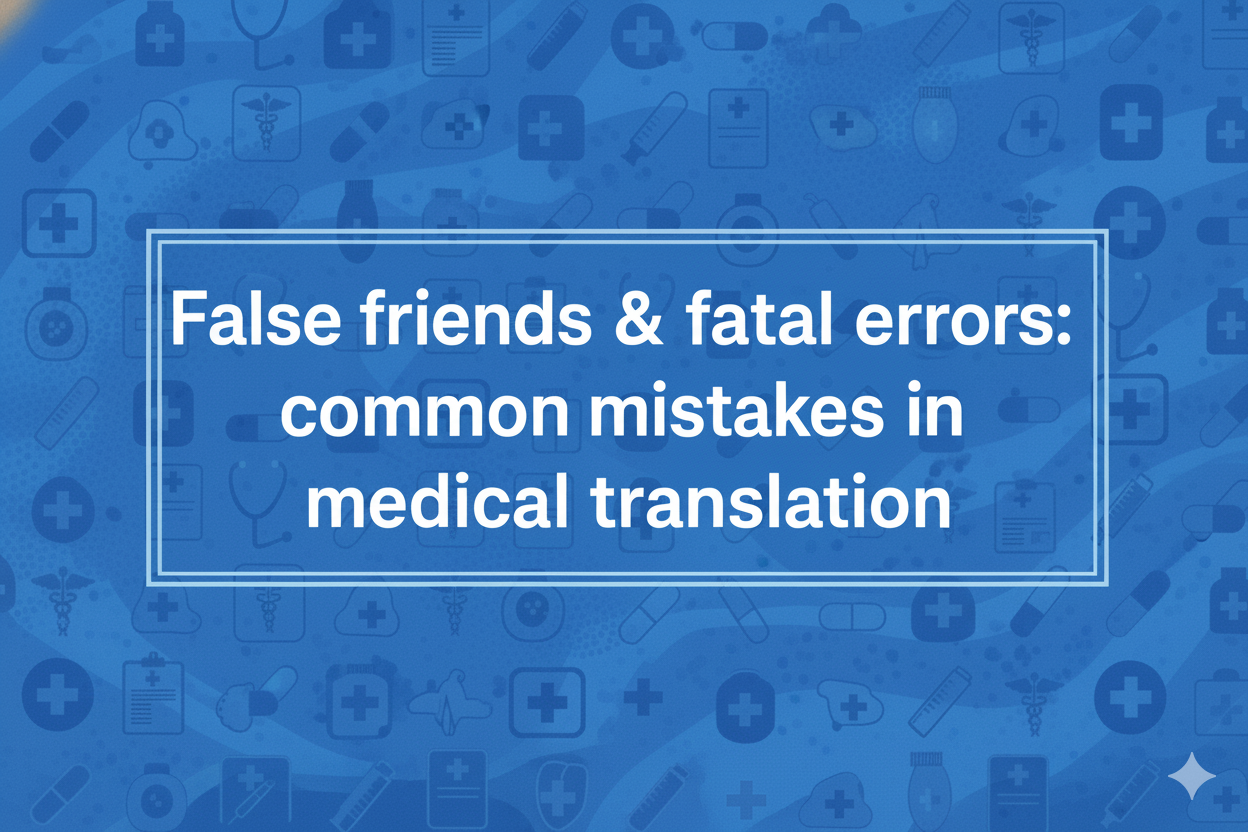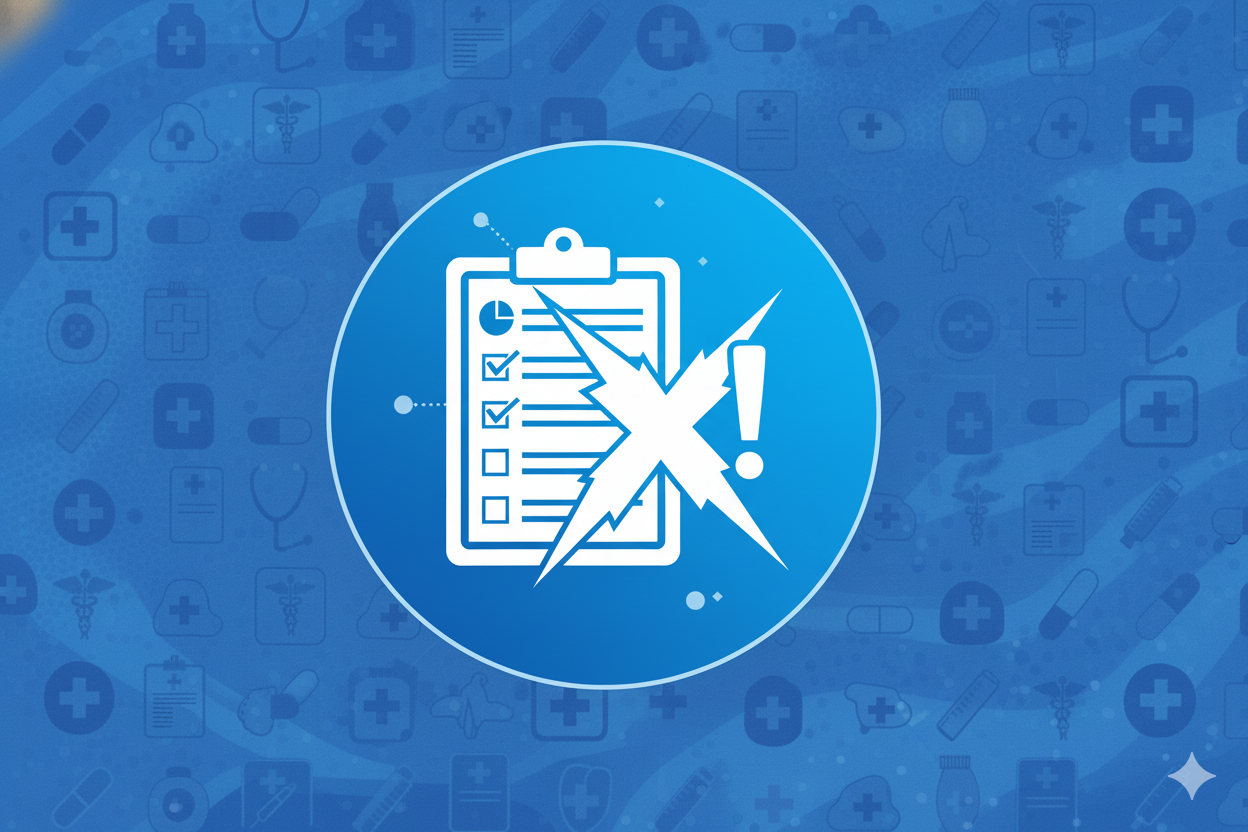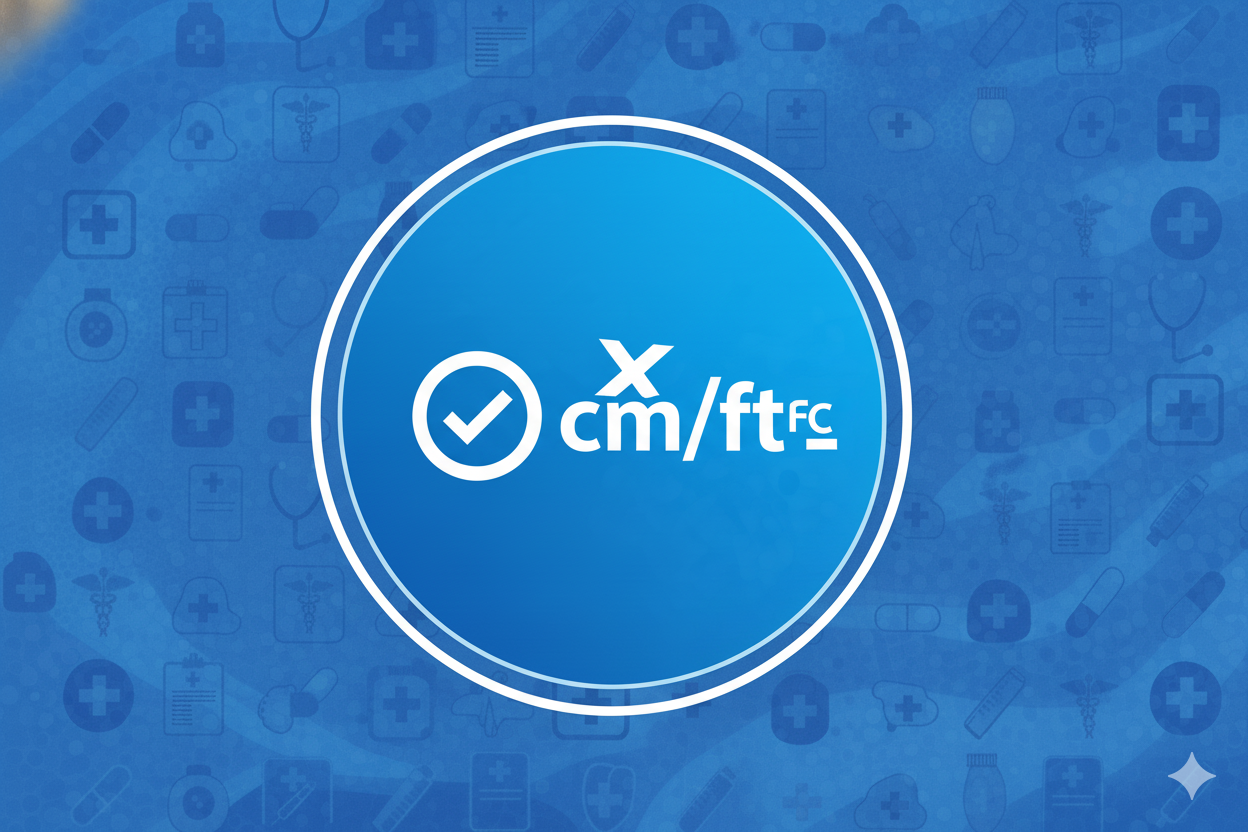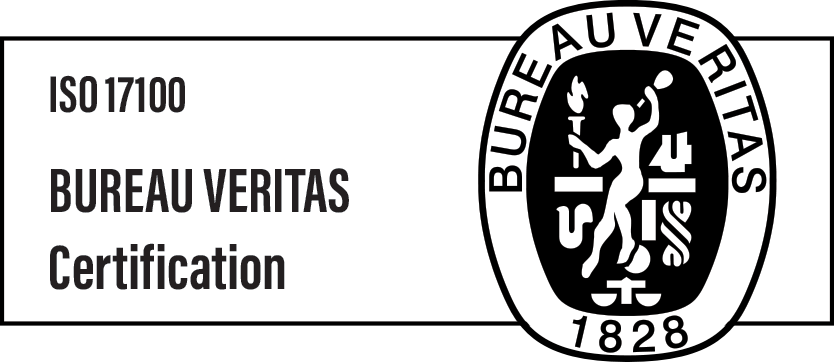False friends & fatal errors: common mistakes in medical translation

Why accuracy matters more than ever
Medical translation carries a high level of responsibility. A single mistake can confuse a clinician, mislead a patient, or interfere with a treatment plan. As global healthcare expands, more teams depend on clear and safe multilingual communication. This creates new pressure for translators and LSP professionals to avoid common mistakes in medical translation. Even small errors can have serious consequences. False friends, confusing terminology, and unclear instructions can lead to misunderstandings in real clinical situations.
At the same time, the medical field evolves quickly. New devices, updated guidelines, and fresh terminology appear every year. Translators must stay current and apply consistent quality standards. They also need strong communication with subject-matter experts to confirm complex concepts.
For aspiring medical translators, this field offers a rewarding path. It requires focus, curiosity, and continuous learning. Healthcare educators rely on accurate translations to support training, patient education, and compliance. LSP teams connect all of these groups by providing reliable workflows and expertise. This article highlights the most common pitfalls and helps professionals avoid them.

Why accuracy matters more than ever
False friends in medical terminology
False friends are one of the biggest sources of confusion in medical translation. These are words that look similar across languages but carry different meanings. They appear harmless at first glance, yet they often create dangerous misunderstandings. For example, a translator might confuse a common symptom with an unrelated condition simply because the words look alike. This can lead to inaccurate instructions or misleading patient information.
However, false friends are avoidable with the right tools. Terminology databases, glossaries, and translation memory systems help translators check meaning before committing to a term. Regular collaboration with medical reviewers also builds accuracy and confidence. Furthermore, translators who work in specific medical fields develop a strong instinct for spotting risky words.
Aspiring translators benefit from continuous practice. Reading clinical guidelines, device manuals, and patient education materials builds familiarity with real terminology. LSP teams can also support translators by offering training resources and updated glossaries. When the whole workflow uses consistent language, the risk of false friends drops significantly.
Misinterpreting clinical procedures and instructions
Clinical procedures require precision. A small mistake in a step, dosage, or warning can create real danger. Yet misinterpretation remains one of the most frequent issues in medical translation. Long sentences, specialized verbs, and complex phrasing often lead to confusion. Without careful reading, translators may simplify instructions too much or miss essential context.
Clear workflows can prevent these problems. First, translators should take time to understand the procedure before translating it. Reviewing diagrams, device labels, or reference documents helps clarify meaning. Next, consistency matters. Using the same structure across similar instructions reduces ambiguity for learners and end users.
Moreover, many procedures follow strict regulatory guidelines. Translators must align with approved terminology and phrasing. Healthcare educators rely on this accuracy when teaching clinicians or device operators. LSP teams support this process with style guides, reference materials, and quality checks.
Aspiring medical translators gain confidence when they practice with real examples. Comparing instruction leaflets, clinical protocols, or training modules helps them learn how precise wording influences safety. With the right habits, they can avoid the most common errors and deliver reliable results.

Misinterpreting clinical procedures and instructions
Cultural and linguistic nuances that affect meaning
Cultural context shapes how people understand health information. Even when a translation is technically accurate, it can still feel unclear or inappropriate if it does not match the reader’s expectations. This is especially important in patient education materials, where tone, formality, and clarity influence how well patients follow instructions. For example, certain idioms or casual expressions may work in one language but confuse readers in another. Some cultures prefer very direct instructions, while others respond better to softer, more supportive language.
Therefore, medical translators must pay attention to more than terminology. They need to understand how different audiences interpret tone and structure. They also need awareness of common sensitivities, such as references to diet, lifestyle, or mental health. Furthermore, charts, illustrations, and examples often require cultural adjustment to remain meaningful.
Healthcare educators depend on translators who can balance accuracy with clarity. LSP professionals play an important role by creating clear guidelines for tone and regional preferences. Aspiring translators can develop these skills by studying patient education materials from different countries. With practice, they learn how to adapt content so it feels natural, respectful, and helpful for every audience.
Formatting, units and regulatory compliance errors
Formatting issues cause more problems in medical translation than many people expect. A misplaced decimal, an incorrect symbol, or an unfamiliar unit of measurement can completely change the meaning of medical instructions. For instance, some regions use commas instead of decimal points. Others prefer metric units instead of imperial ones. These differences may seem small, yet they have a major impact on dosage accuracy, device operation, and clinical decision-making.
Regulatory requirements add another layer of responsibility. Each market follows its own rules for labeling, warnings, and documentation. Translators must follow these standards closely, because even minor deviations can cause compliance issues. Healthcare companies rely on consistent formatting to pass audits and maintain patient safety.
To avoid mistakes, translators should always refer to updated style guides, standard templates, and official reference documents. LSP teams ensure that these resources stay current. They also build review steps into their workflows to catch formatting errors early. Meanwhile, aspiring medical translators can improve their skills by practicing with real regulatory documents or manuals. Understanding these rules gives them a strong foundation for high-quality work.

Formatting, units and regulatory compliance errors
Overreliance on AI or direct translation tools
AI and machine translation tools have become common in the language industry. They offer speed, convenience, and consistent terminology. However, relying on them too heavily can lead to serious problems in medical content. These tools often miss context or misunderstand clinical phrasing. They may also translate ambiguous terms too literally, which increases the risk of inaccuracies. Even advanced systems struggle with subtle meaning shifts or specialized device instructions.
Therefore, human expertise remains essential. Professional translators review each sentence for accuracy and clarity. They also ensure that terminology aligns with approved glossaries and regulatory standards. AI can support this process, but it cannot replace an experienced medical linguist. Collaboration between humans and technology works best when translators guide the tool, not the other way around.
Moreover, LSP teams include extra quality checks when AI-generated content is used. This protects healthcare organizations from content that looks polished but contains hidden errors. Aspiring medical translators should view AI as a helpful assistant, not a complete solution. By combining automated tools with expert review, teams can deliver safe, reliable translations that meet the high standards of the medical field.

Overreliance on AI or direct translation tools
Building safer and stronger medical communication
Medical translation plays a vital role in global healthcare. Every document, label, and training module influences real decisions made by clinicians and patients. That is why accuracy matters at every stage. When translators understand the risks behind false friends, confusing phrasing, formatting errors, and cultural nuances, they can protect users from misunderstandings. When they apply consistent workflows and human oversight, they reduce the chance of serious mistakes.
For LSP professionals, this article highlights the value of structured processes, reliable terminology resources, and expert review. Healthcare educators also rely on accurate translations to train teams and support patient understanding. Aspiring medical translators can use these insights to strengthen their skills and prepare for more complex projects.
Ultimately, high-quality translation is a team effort. It combines linguistic knowledge, medical expertise, and careful attention to detail. By staying alert to common pitfalls and working with strong quality standards, the industry can prevent small errors from becoming dangerous outcomes. Accurate medical communication saves time, builds trust, and supports safer healthcare worldwide.

